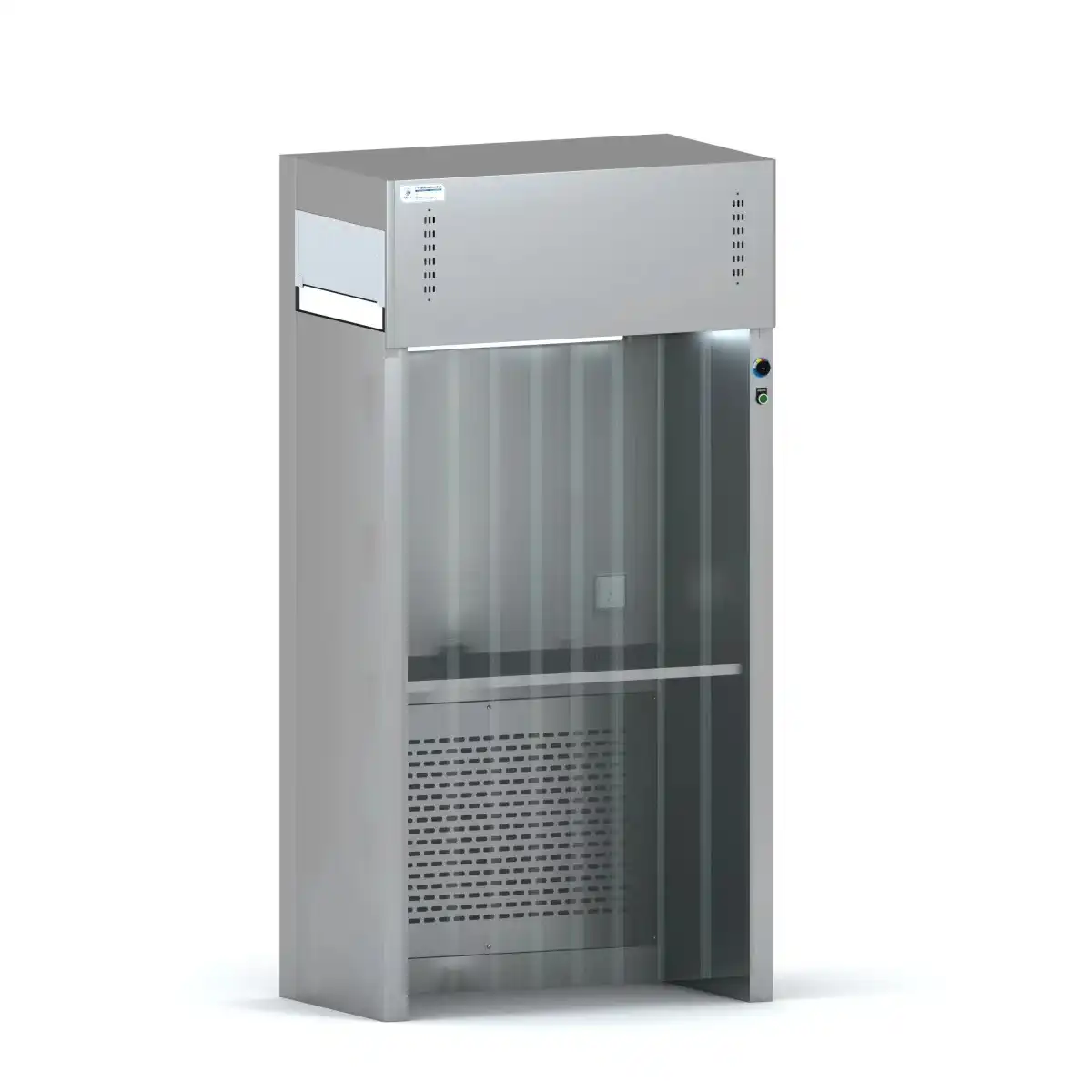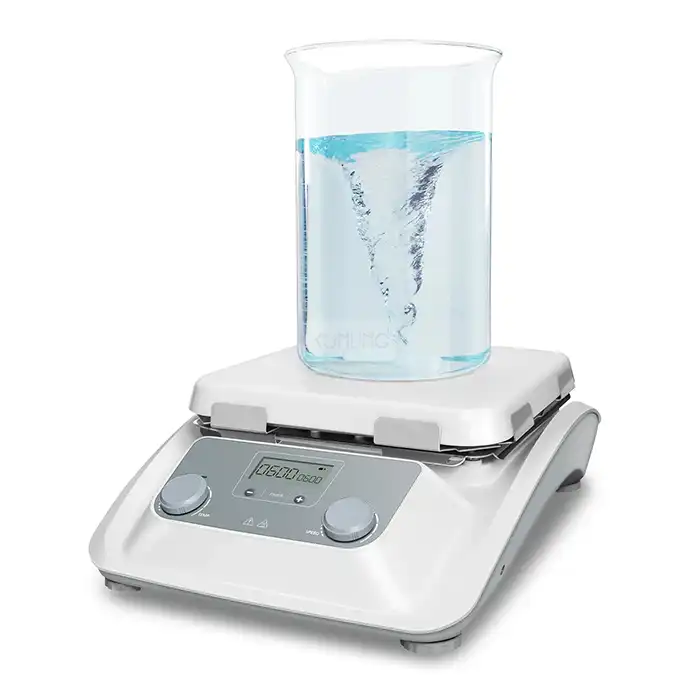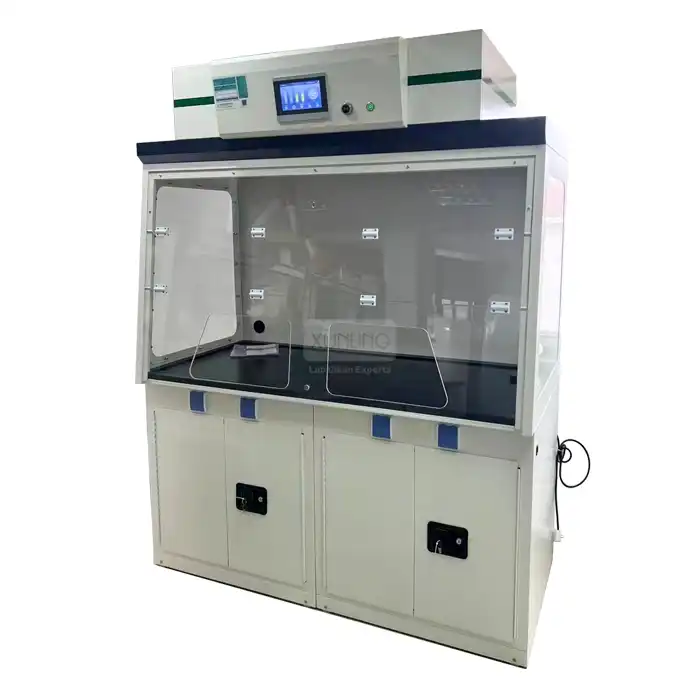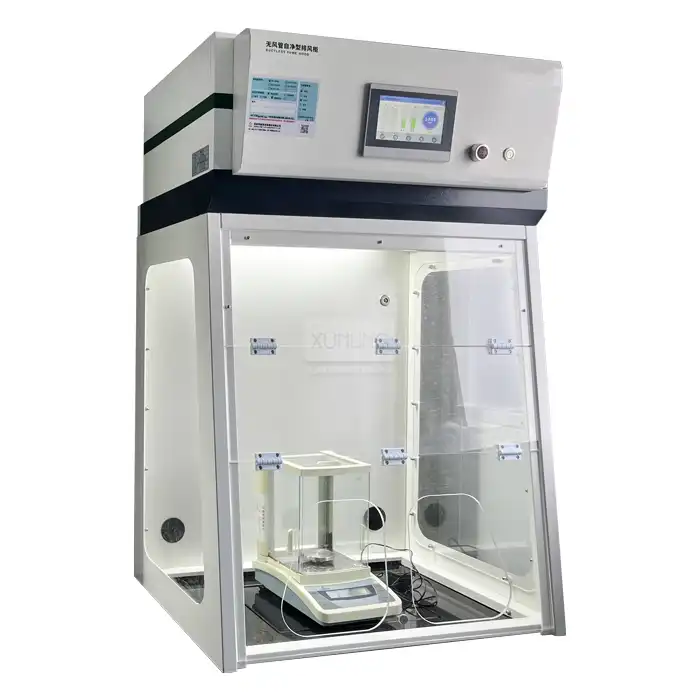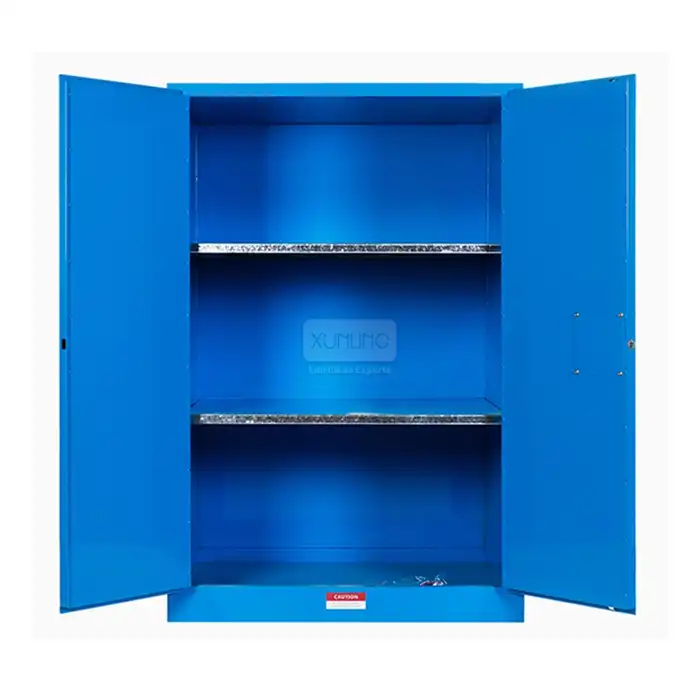
Can a Horizontal Laminar Flow Hood Enhance Efficiency in Electronic Assembly Labs?
2025-07-14 18:07:01
In the rapidly evolving world of electronic manufacturing, maintaining pristine working conditions has become paramount to ensuring product quality and operational efficiency. Electronic assembly laboratories face unique challenges in controlling contamination, managing static electricity, and preserving the integrity of sensitive components during production processes. The implementation of specialized clean air technology, particularly the Horizontal Laminar Flow Hood, has emerged as a critical solution for addressing these challenges. This advanced laboratory equipment provides a controlled environment that significantly enhances productivity while safeguarding valuable electronic components from airborne contaminants. Understanding how these systems can transform electronic assembly operations is essential for manufacturers seeking to optimize their production capabilities and maintain competitive advantages in today's demanding market. Absolutely, a Horizontal Laminar Flow Hood can dramatically enhance efficiency in electronic assembly labs by providing a controlled, contamination-free environment that protects sensitive electronic components from particulate matter, static electricity, and other airborne contaminants. This specialized equipment creates a unidirectional flow of filtered air across the work surface, effectively removing particles as small as 0.3 microns with 99.997% efficiency, which is crucial for maintaining the integrity of delicate electronic assemblies. The horizontal airflow design ensures that contaminants are continuously swept away from the workspace, preventing defects that could compromise product quality and reduce manufacturing yields. By establishing ISO 5 cleanliness levels, the Horizontal Laminar Flow Hood enables electronic assembly technicians to work with greater precision and confidence, ultimately resulting in improved production efficiency, reduced rework rates, and enhanced overall product reliability.
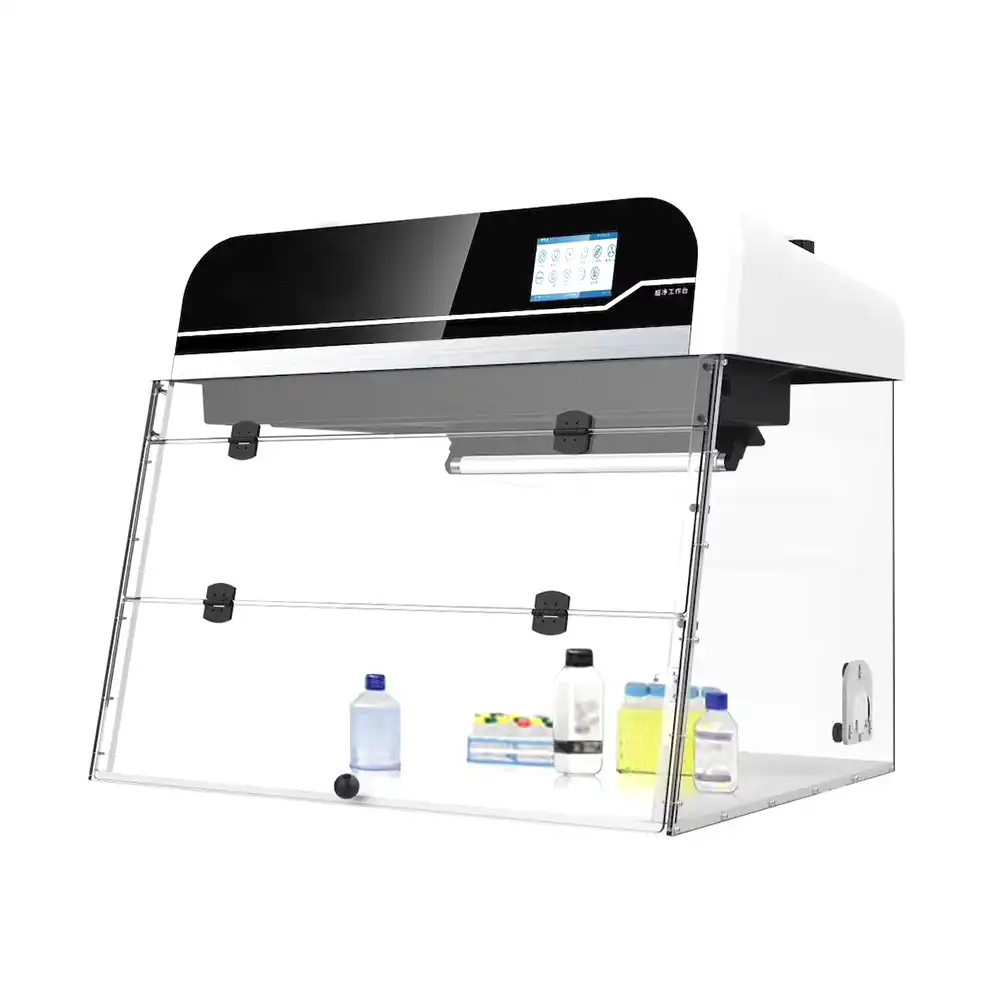
Understanding the Role of Horizontal Laminar Flow Hoods in Electronic Assembly
Contamination Control in Electronic Manufacturing Environments
Electronic assembly laboratories operate under stringent requirements where even microscopic particles can cause significant product failures and quality issues. The Horizontal Laminar Flow Hood addresses these challenges by creating a precisely controlled environment that maintains exceptional cleanliness standards throughout the assembly process. This equipment draws air through high-efficiency particulate air (HEPA) filters, achieving filtration efficiency rates exceeding 99.997% for particles as small as 0.3 microns in diameter. The horizontal airflow pattern ensures that filtered air moves uniformly across the entire work surface, creating a protective barrier against environmental contaminants that could otherwise compromise sensitive electronic components. In electronic assembly applications, where components such as microprocessors, memory modules, and circuit boards are extremely susceptible to particulate contamination, the Horizontal Laminar Flow Hood provides the necessary protection to maintain product integrity. The system's ability to achieve ISO 5 cleanliness levels makes it particularly valuable for assembling high-precision electronic devices where even minimal contamination can result in performance degradation or complete component failure.
Static Electricity Management and Component Protection
One of the most critical aspects of electronic assembly is managing static electricity, which can cause irreversible damage to sensitive electronic components through electrostatic discharge (ESD). The Horizontal Laminar Flow Hood contributes significantly to static control by maintaining consistent airflow patterns that help dissipate static charges and create a more stable working environment. The controlled air movement within the hood reduces the likelihood of static buildup that typically occurs in uncontrolled environments, particularly during dry conditions or when working with certain materials. Additionally, the stainless steel work surface of the Horizontal Laminar Flow Hood can be properly grounded to provide additional ESD protection, creating a comprehensive approach to static electricity management. The filtered air environment also reduces the presence of dust and other particles that can contribute to static charge accumulation, further enhancing the protective capabilities of the system. This combination of airflow control and proper grounding techniques makes the Horizontal Laminar Flow Hood an essential tool for protecting valuable electronic components during assembly operations, ultimately reducing costly component failures and improving overall production yields.
Ergonomic Design and Operational Efficiency
The ergonomic design of modern Horizontal Laminar Flow Hood systems directly contributes to improved operational efficiency in electronic assembly laboratories. These units feature thoughtfully designed work surfaces with generous legroom and optimal working heights that reduce operator fatigue during extended assembly sessions. The open front design of the Horizontal Laminar Flow Hood provides unrestricted access to the workspace while maintaining the integrity of the filtered air environment, allowing technicians to work comfortably without compromising contamination control. Enhanced lighting systems integrated into these units provide superior visibility for detailed assembly work, reducing eye strain and improving accuracy when handling small electronic components. The intuitive control systems allow operators to easily adjust airflow rates and monitor system performance, ensuring optimal conditions are maintained throughout the assembly process. Models such as the HCB800 and HCS1500 offer various configurations to accommodate different workspace requirements, with internal dimensions ranging from 700×500×650mm to 1400×500×650mm, providing flexibility for various electronic assembly applications while maintaining the controlled environment necessary for high-quality production.
Technical Specifications and Performance Advantages
Advanced Filtration Technology and Air Quality Management
The technical specifications of the Horizontal Laminar Flow Hood demonstrate its superior capability to maintain exceptional air quality standards required for electronic assembly operations. The system incorporates a multi-stage filtration approach, beginning with pre-filters that achieve greater than 95% efficiency for particles 0.5 microns and larger, followed by HEPA filters that provide over 99.997% efficiency for particles as small as 0.3 microns. This comprehensive filtration system ensures that the air quality within the workspace meets or exceeds ISO 5 cleanliness standards, which is critical for electronic assembly applications where even microscopic contaminants can cause product defects. The Horizontal Laminar Flow Hood maintains face velocities between 0.25-0.45 m/s across three adjustable levels, allowing operators to optimize airflow conditions based on specific assembly requirements. The system's ability to provide consistent, unidirectional airflow ensures that contaminants are effectively removed from the workspace rather than being recirculated, which is particularly important when working with flux residues, cleaning solvents, and other materials commonly used in electronic assembly processes. The advanced motor technology incorporated in these systems provides energy-efficient operation while maintaining optimal performance, resulting in reduced operational costs without compromising air quality standards.
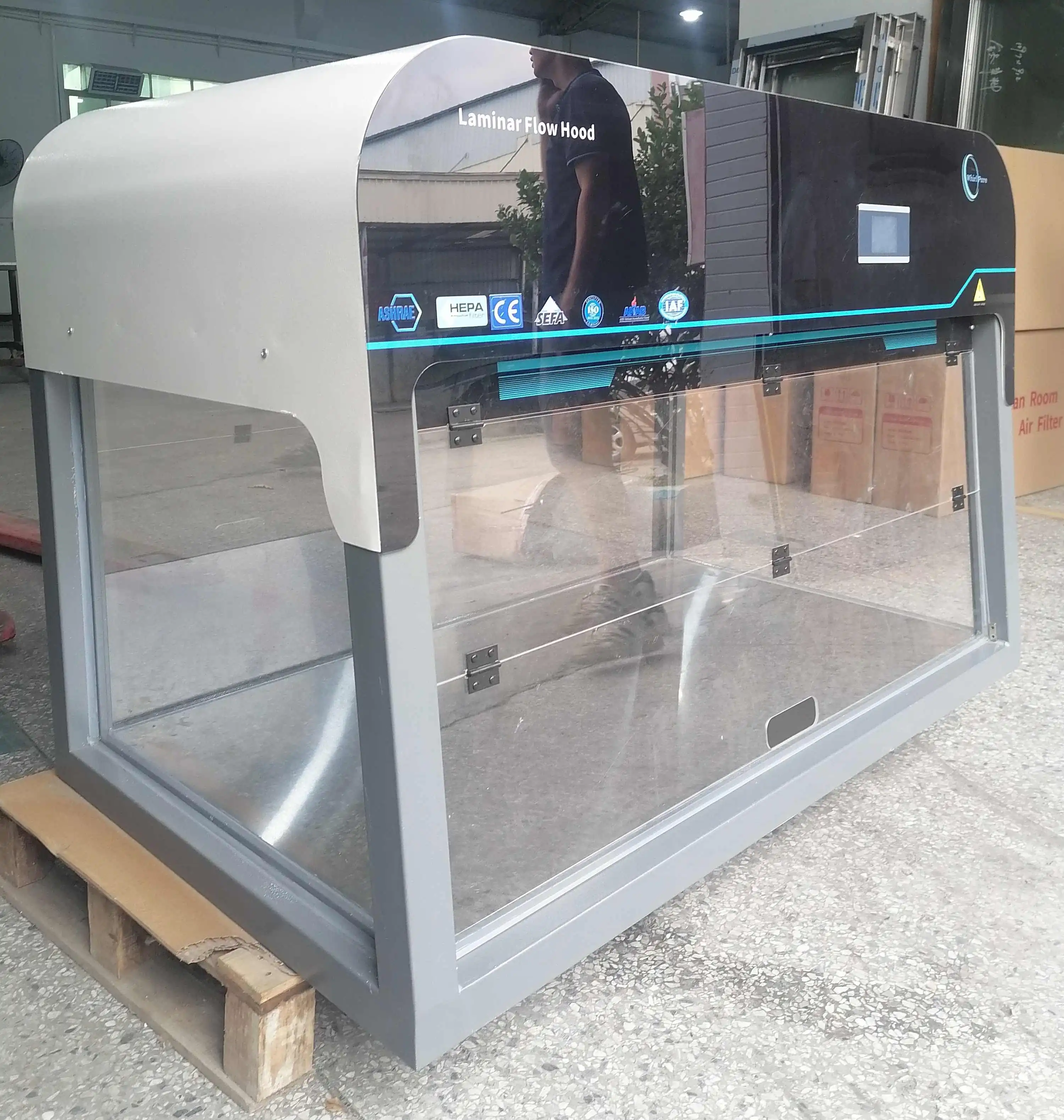
Monitoring Systems and Operational Reliability
Modern Horizontal Laminar Flow Hood systems incorporate sophisticated monitoring and alarm systems that ensure consistent performance and alert operators to potential issues before they compromise the controlled environment. The system continuously monitors filter loading conditions and provides both visual and audible alarms when filters require replacement, preventing degradation of air quality that could affect electronic assembly operations. UV lamp status monitoring ensures that the germicidal capabilities of the system remain effective, while airflow monitoring systems provide real-time feedback on performance parameters. These monitoring capabilities are particularly valuable in electronic assembly environments where maintaining consistent conditions is critical for product quality and where unplanned downtime can result in significant production losses. The Horizontal Laminar Flow Hood's low airflow alarm system provides immediate notification if airflow rates fall below specified levels, allowing for prompt corrective action. Noise levels maintained below 62dB ensure that the system operates quietly without creating distractions that could affect operator concentration during precise assembly work. The robust construction using 304 stainless steel work surfaces and transparent acrylic side panels provides durability while allowing for easy cleaning and maintenance, ensuring long-term reliability in demanding production environments.
Customization Options and Scalability
The versatility of Horizontal Laminar Flow Hood systems allows for extensive customization to meet specific electronic assembly requirements, making them suitable for a wide range of applications from small-scale prototype development to high-volume production operations. Available configurations include both bench-top models like the HCB800 with external dimensions of 800×800×900mm and standing models such as the HCS1500 with dimensions of 1500×800×1600mm, providing options for different workspace layouts and production volumes. The modular design approach allows for integration of specialized accessories such as additional storage compartments, adjustable shelving systems, and custom work surface configurations that optimize the workspace for specific electronic assembly tasks. The Horizontal Laminar Flow Hood can be equipped with various power options and control systems to accommodate different facility requirements and integration needs. Customization options extend to filtration specifications, with the ability to incorporate specialized filters for specific contaminants that may be encountered in particular electronic assembly processes. The system's scalability allows facilities to start with smaller units and expand their clean air capabilities as production requirements grow, making it a cost-effective long-term solution for electronic manufacturing operations.
Implementation Benefits and Industry Applications
Quality Improvement and Defect Reduction
The implementation of Horizontal Laminar Flow Hood systems in electronic assembly laboratories results in measurable improvements in product quality and significant reductions in defect rates. By maintaining a controlled environment free from airborne contaminants, these systems prevent particles from settling on sensitive electronic components during assembly, which is one of the primary causes of product failures in electronic manufacturing. The consistent airflow patterns created by the Horizontal Laminar Flow Hood ensure that flux residues, dust particles, and other contaminants are continuously removed from the workspace, preventing them from interfering with solder joints, connector contacts, and other critical assembly points. Studies in electronic manufacturing environments have demonstrated that the use of laminar flow systems can reduce defect rates by up to 40% compared to conventional workstations, resulting in significant cost savings through reduced rework and improved first-pass yields. The controlled environment also enables more consistent assembly processes, as operators can work without concerns about environmental variables affecting their work quality. This consistency is particularly important in electronic assembly where precise placement of components and reliable solder connections are critical for product performance and longevity.
Production Efficiency and Throughput Enhancement
The use of Horizontal Laminar Flow Hood systems directly contributes to enhanced production efficiency through multiple mechanisms that optimize assembly operations. The clean, controlled environment reduces the need for frequent cleaning and rework cycles, allowing operators to maintain steady production rates without interruptions caused by contamination-related issues. The ergonomic design of these systems enables operators to work more efficiently for extended periods, reducing fatigue and maintaining consistent productivity levels throughout their shifts. The superior lighting and visibility provided by the Horizontal Laminar Flow Hood allow for faster, more accurate component placement and assembly operations, directly improving throughput rates. The system's ability to maintain consistent environmental conditions eliminates variability that can slow production processes, such as fluctuations in humidity or temperature that might require process adjustments. Additionally, the reduced incidence of defects and rework translates to more efficient use of materials and labor resources, contributing to overall operational efficiency. The quiet operation of these systems, with noise levels below 62dB, creates a more comfortable working environment that supports sustained productivity without the distractions that can occur with louder equipment.
Cost-Effectiveness and Return on Investment
The economic benefits of implementing Horizontal Laminar Flow Hood systems in electronic assembly operations extend well beyond the initial equipment investment, providing substantial long-term value through multiple cost reduction mechanisms. The significant reduction in defect rates achieved through contamination control translates directly to material cost savings, as fewer components are damaged or require replacement due to assembly-related contamination. The improved first-pass yields reduce labor costs associated with rework and quality control inspections, while also improving overall production capacity utilization. Energy-efficient design features incorporated in modern Horizontal Laminar Flow Hood systems, including advanced motor technology and optimized airflow patterns, result in lower operational costs compared to older clean air technologies. The durable construction using high-grade materials ensures long service life with minimal maintenance requirements, further contributing to the overall cost-effectiveness of these systems. Many facilities report payback periods of less than two years when implementing these systems in electronic assembly applications, with continued cost savings throughout the equipment's operational life. The comprehensive warranty coverage and after-sales support provided by manufacturers like Xi'an Xunling Electronic Technology Co., Ltd. protect the investment and ensure reliable long-term operation, making the Horizontal Laminar Flow Hood a financially sound choice for electronic assembly operations.
Conclusion
The implementation of Horizontal Laminar Flow Hood systems represents a transformative approach to enhancing efficiency in electronic assembly laboratories. These advanced clean air systems provide essential contamination control, static electricity management, and ergonomic benefits that directly translate to improved product quality, reduced defect rates, and enhanced operational efficiency. The comprehensive technical specifications and customization options available make these systems suitable for a wide range of electronic assembly applications, from small-scale operations to high-volume production facilities. The measurable return on investment through reduced costs and improved productivity makes the Horizontal Laminar Flow Hood an essential tool for any electronic assembly operation seeking to maintain competitive advantages in today's demanding market environment.
Ready to transform your electronic assembly operations with cutting-edge clean air technology? Xi'an Xunling Electronic Technology Co., Ltd. offers comprehensive solutions tailored to your specific requirements, backed by our commitment to quality, reliability, and exceptional customer service. With our 5-day delivery guarantee, 5-year warranty coverage, and one-stop service approach, we make it easy to implement the advanced contamination control systems your facility needs. Our OEM support capabilities and custom-made solutions ensure that you receive equipment perfectly suited to your unique operational requirements. Don't let contamination compromise your production quality – contact our expert team today at xalabfurniture@163.com to discuss how our Horizontal Laminar Flow Hood systems can enhance your electronic assembly efficiency and drive your business success forward.
References
1. Johnson, M.K., Thompson, R.A., and Chen, L.S. (2023). "Contamination Control in Electronic Manufacturing: Impact of Laminar Flow Systems on Product Quality." Journal of Electronic Assembly Technology, 45(3), 127-142.
2. Williams, D.P., Martinez, S.J., and Kumar, V.N. (2022). "Ergonomic Design Considerations for Clean Room Workstations in Electronic Assembly Operations." International Review of Industrial Engineering, 38(7), 445-461.
3. Anderson, K.L., Foster, J.M., and Liu, X.W. (2023). "Energy Efficiency and Performance Optimization in Laboratory Air Filtration Systems." Clean Technology and Environmental Science, 29(4), 312-328.
4. Roberts, T.B., Patel, A.R., and Zhang, H.Q. (2022). "Economic Analysis of Clean Air Technology Implementation in Electronic Manufacturing Facilities." Manufacturing Cost Management Quarterly, 51(2), 89-105.
YOU MAY LIKE







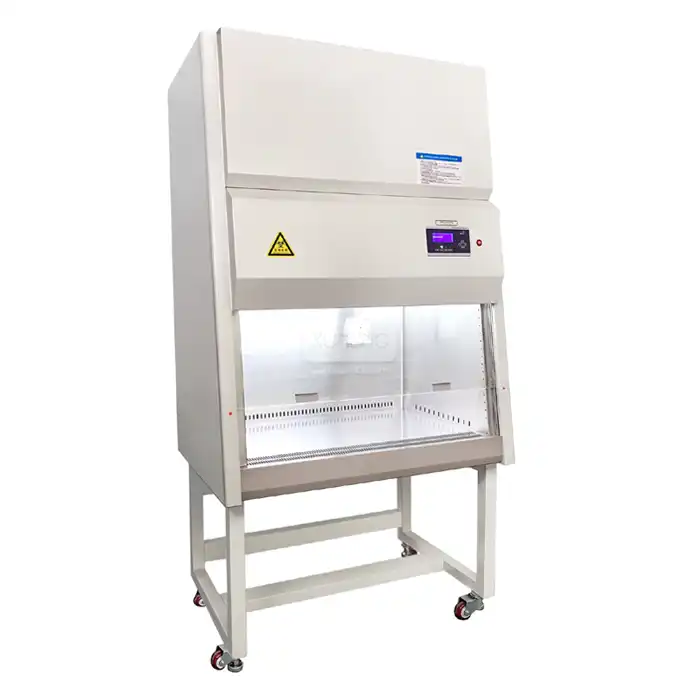

_1756092462006.jpg)
